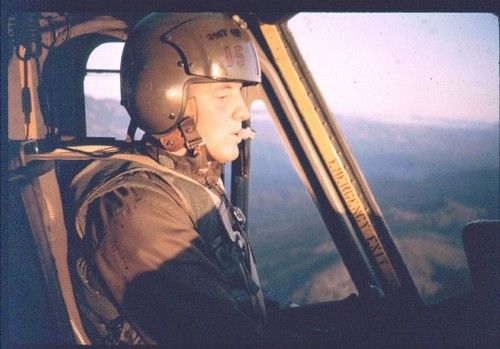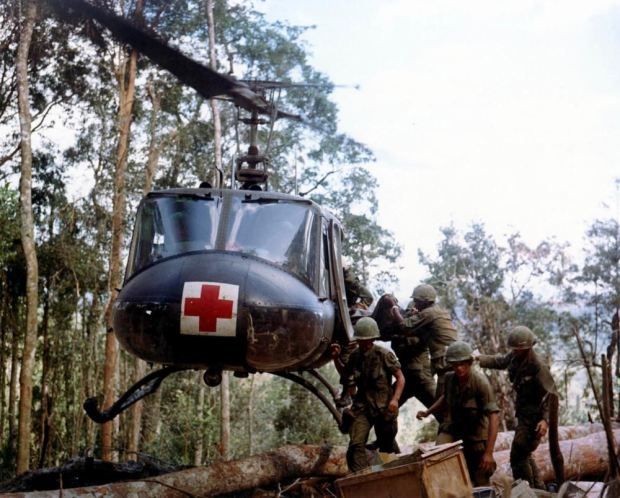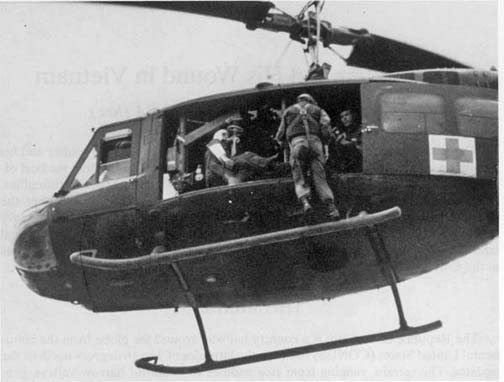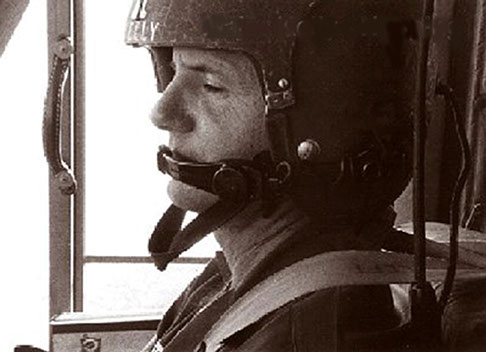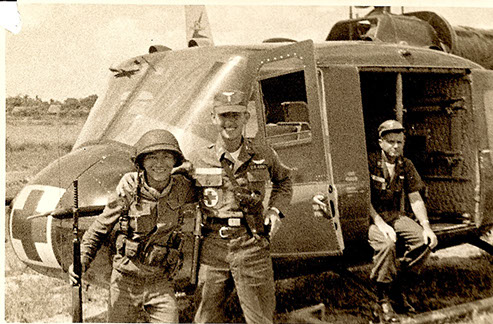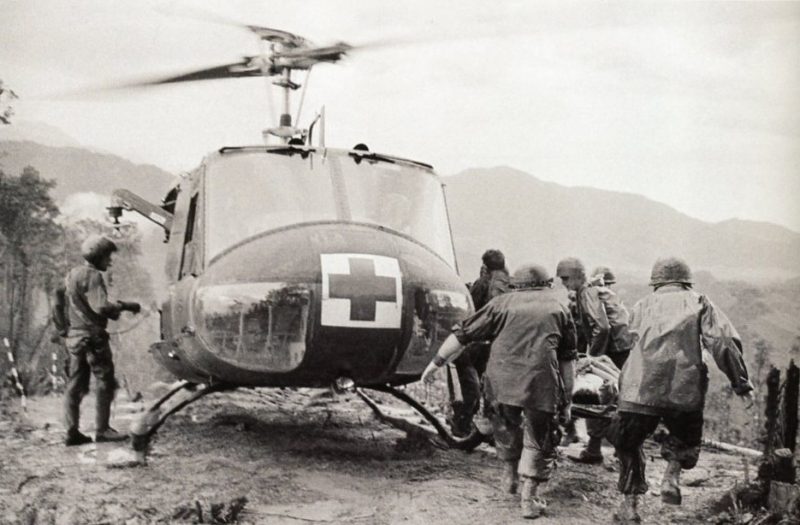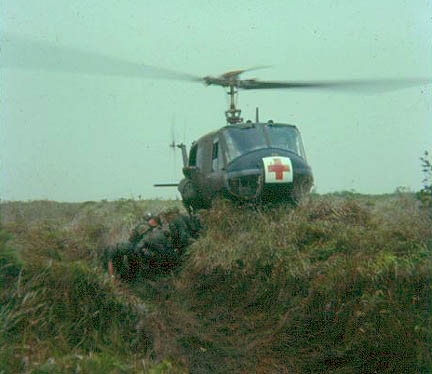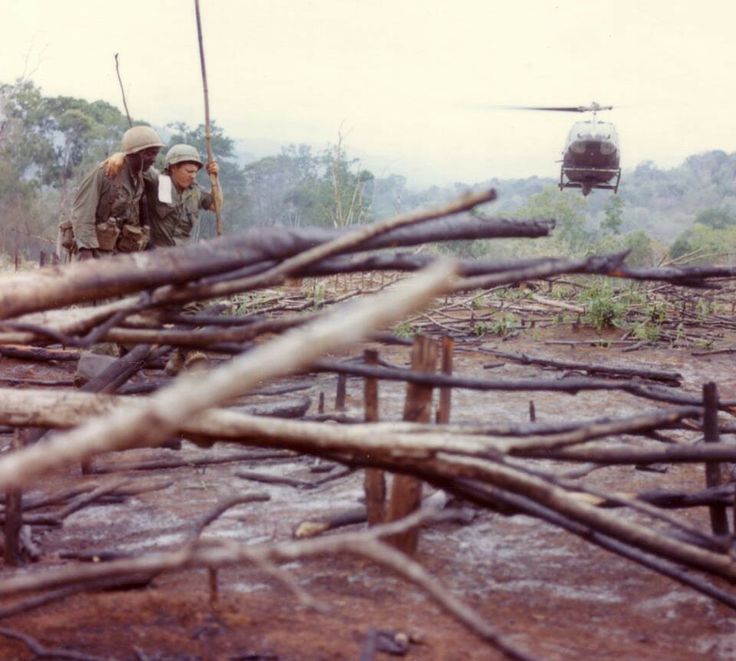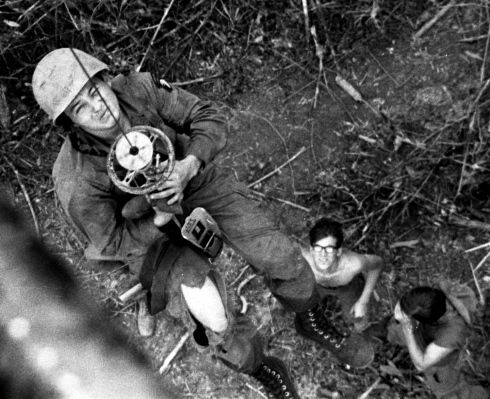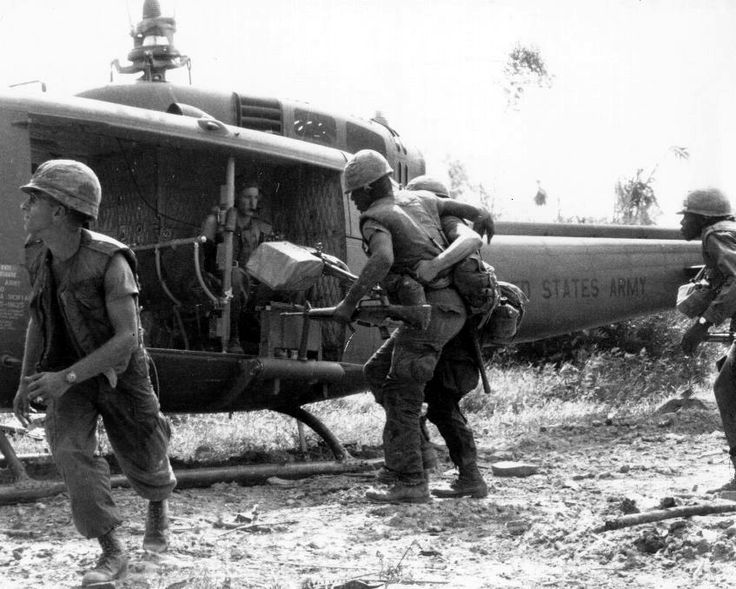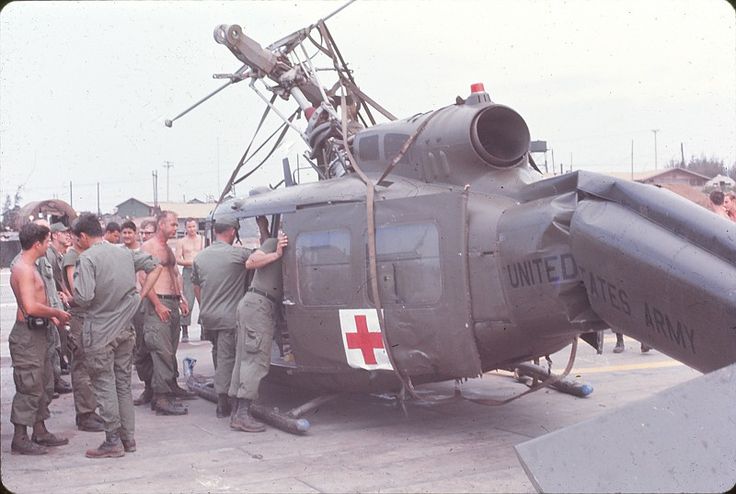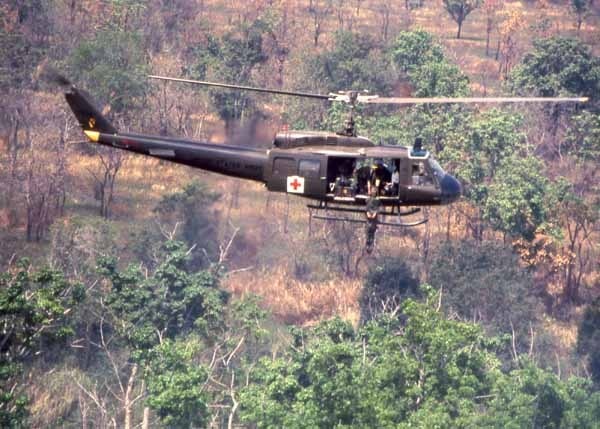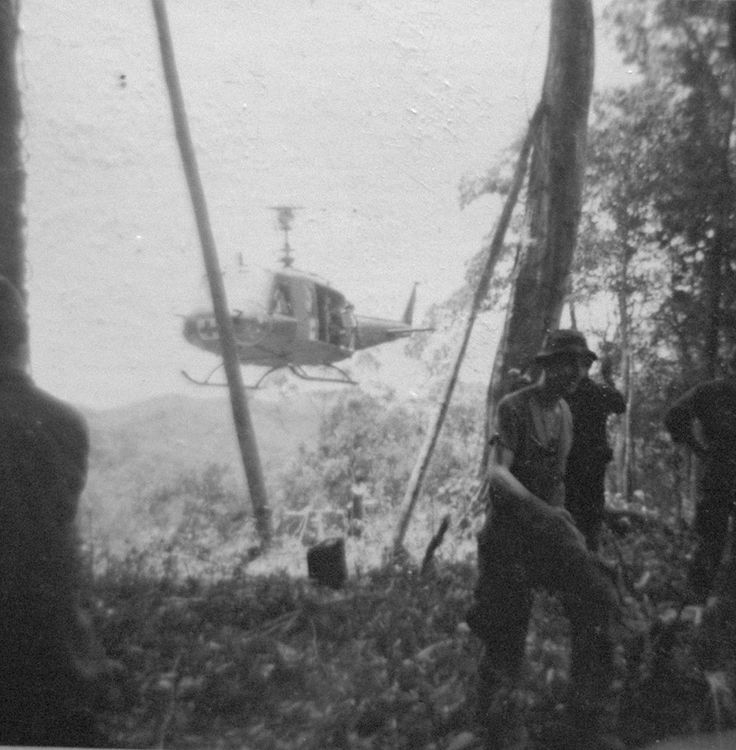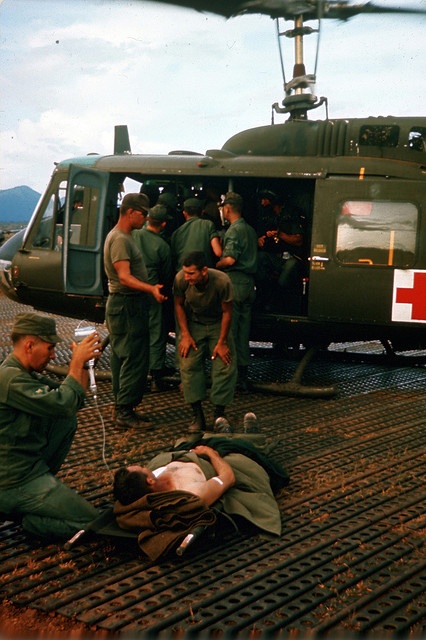There was no more welcomed sound of to a wounded soilder in Vietnam than the whop-whop-whop of the “dustoff Huey” coming to get them out of hell. Anyone that has ever flown in a Dustoff Huey will never forget that heavenly sound
Without a doubt the Dustoff Medics witnessed more of the brutality of war than anyone. It took men with incredible courage to face the quantity of wounds and injuries they faced many times in a day. Shot at, sniped at, under mortar and heavy arms fire, they ran through mine fields to get to the wounded. Some of the most heroic men in the war.
The Vietnam War posed a unique logistical challenge to the military leaders. The war was fought in triple canopy jungle terrain and bad weather, there were constant guerilla attacks and the front line changed from day to day. Often vehicles traveling on the roads were subject to landmines, ambushes and poor road conditions, and some of the areas where heavy fighting took place were so remote there were no roads. All of these factors posed one major problem for the military. How do they transport the wounded safely and in a timely manner to the aid stations and hospitals for proper medical care? The Army’s medical branch decided to revisit an idea that came about in the Korean War – a helicopter ambulance corps. An idea that was implemented with so much success in Vietnam that in most cases a wounded soldier would be in a hospital receiving medical care within 35 minutes of being wounded.
In April of 1962, the 57th Medical Detachment (Helicopter Ambulance) arrived in Vietnam with five UH-1 “Huey” helicopters. They took the call sign Dustoff. Over time the number of medevac detachments grew in Vietnam until the entire country had coverage and Dustoff became the universal call sign for all medevac missions.
A Dustoff crew consisted of four people: two pilots, a medic and a crew chief. Usually, one pilot would fly the helicopter while the other acted as the aircraft commander. The commander would navigate, monitor all of the radio transmissions, talk to the unit requesting the medevac and would take over flying if the pilot were injured. The medic kept the helicopter stocked with the necessary medical supplies and the crew chief would maintain the helicopter in top working condition. They would both load the patients onto the helicopter and the medic would administer any necessary medical treatment on the way to the hospital, often with the help of the crew chief. The medic and crew chief would stay with a particular helicopter while the pilots were interchangeable between helicopters. These crews saved many lives and were universally respected by all of the soldiers in the war.
Here is a selection of images of the Dustoff men:






